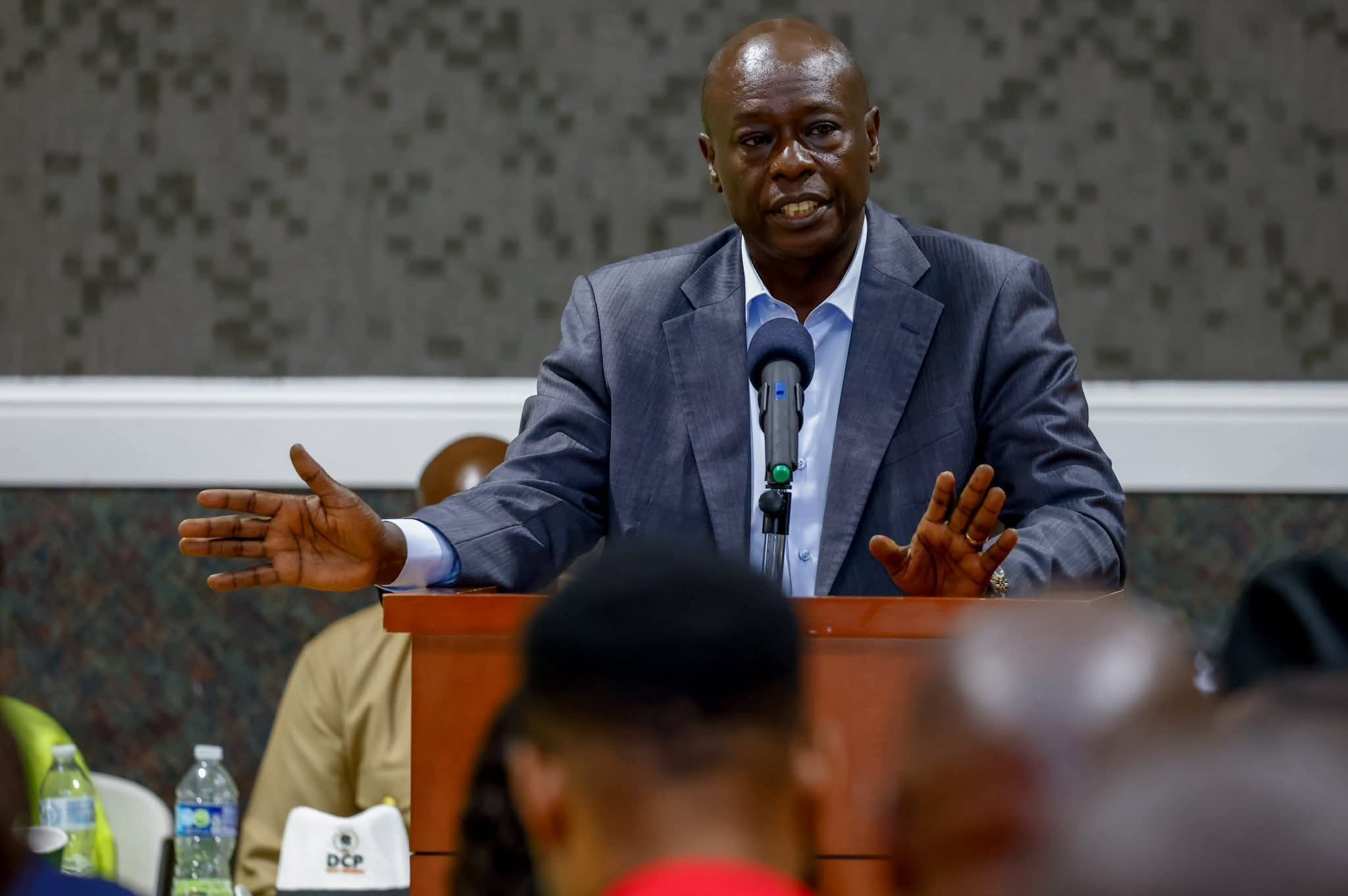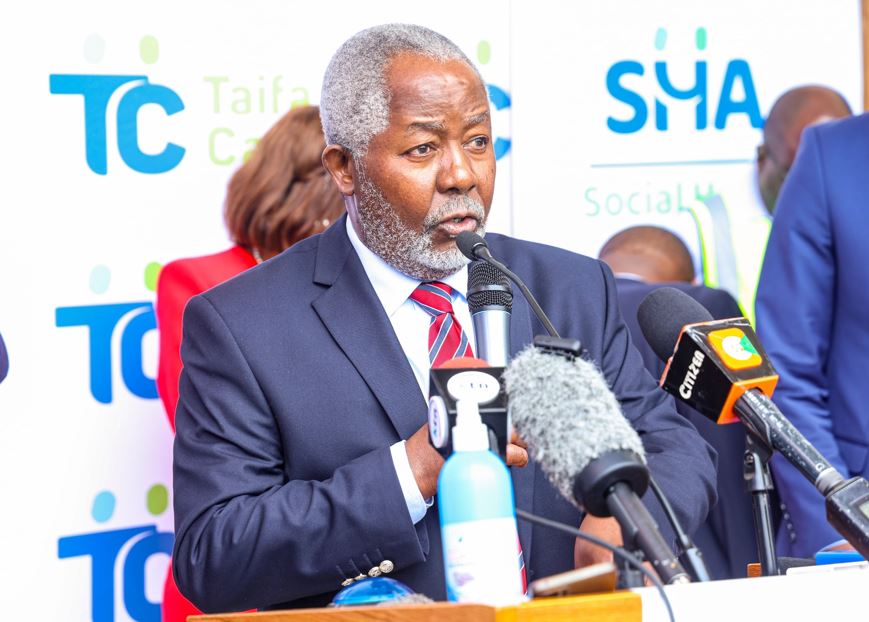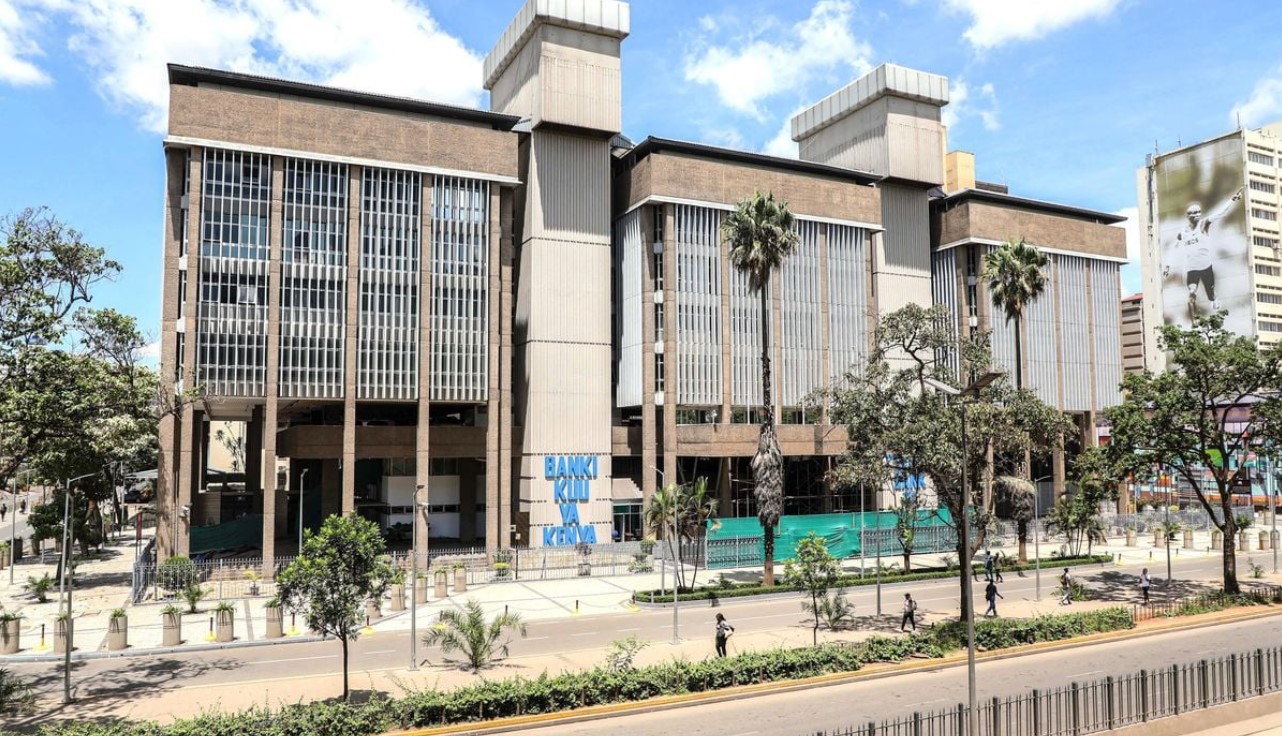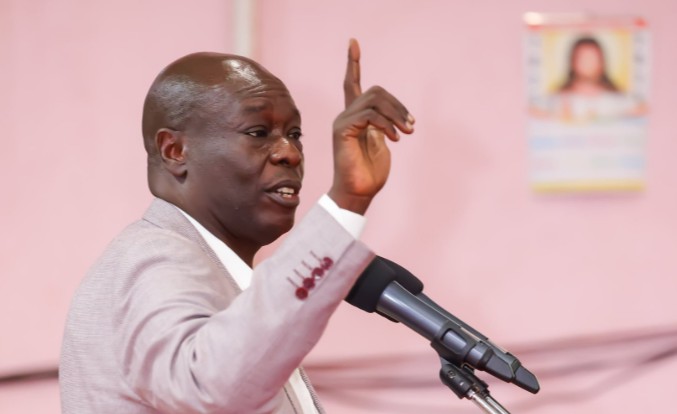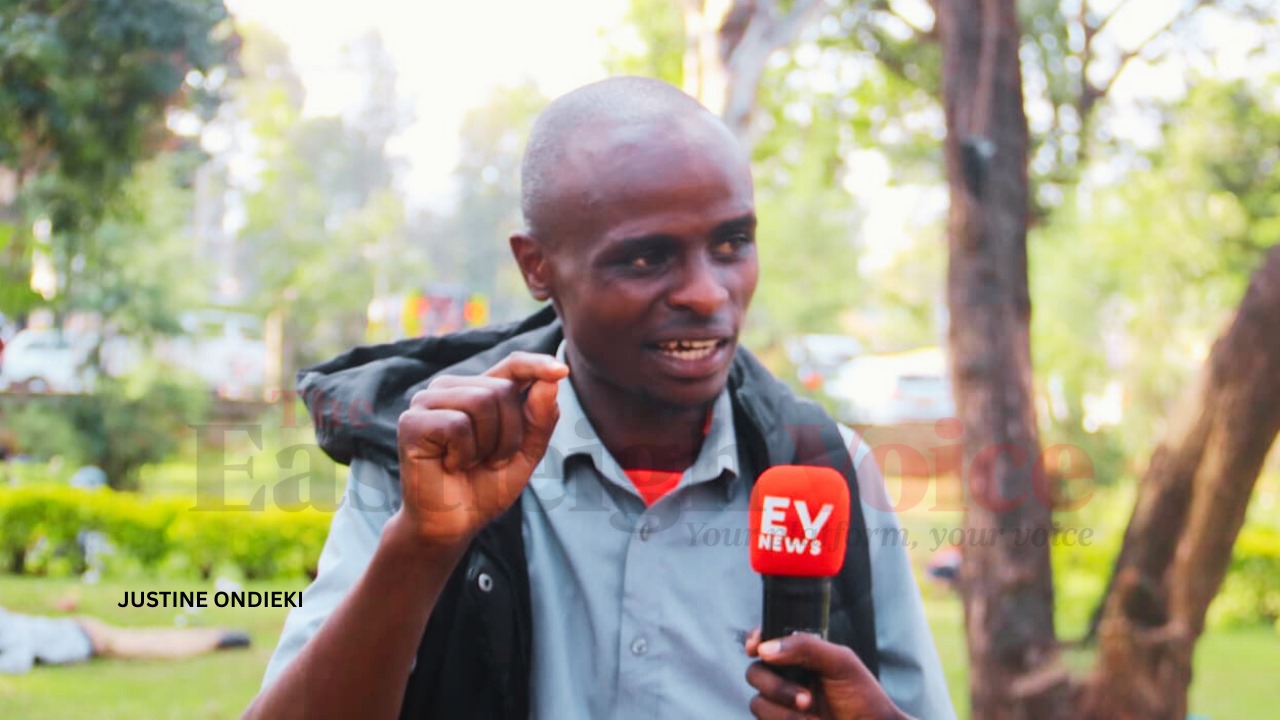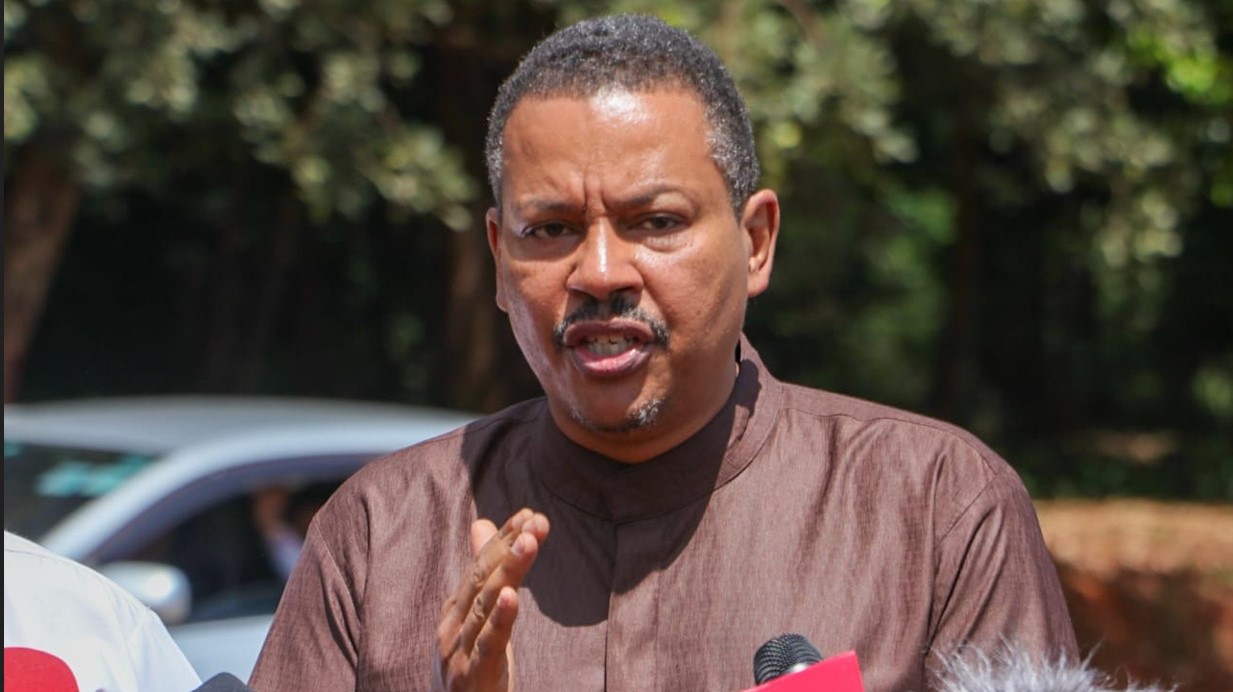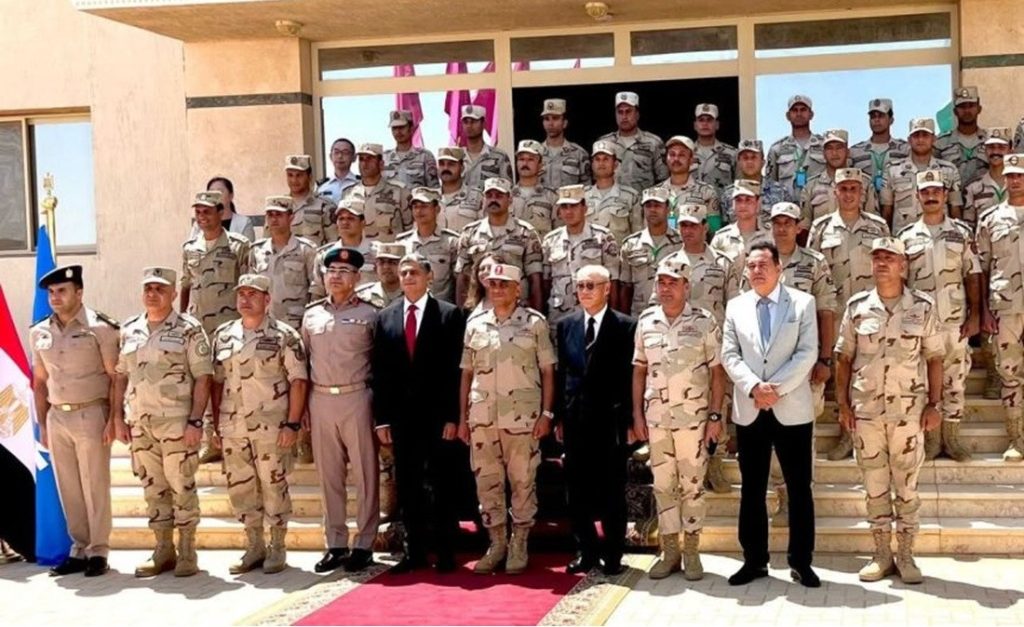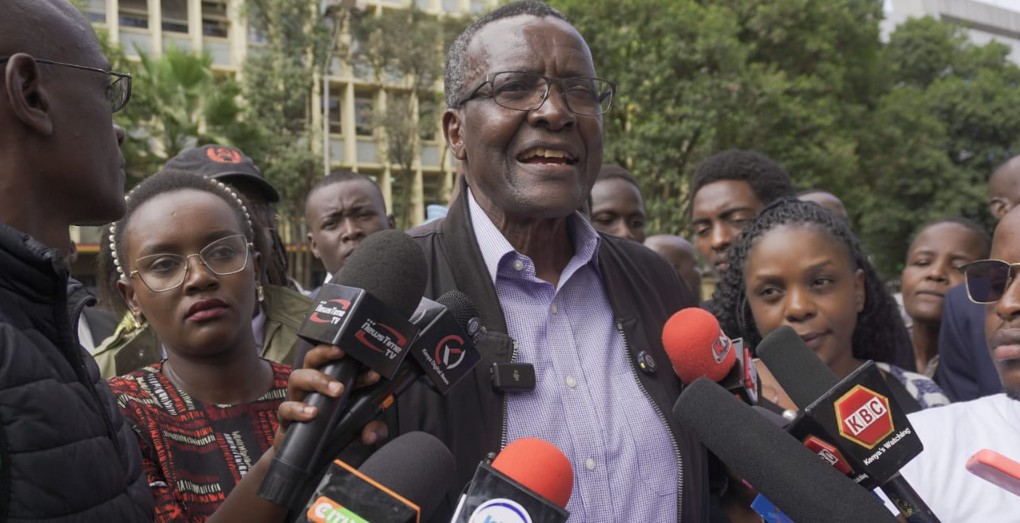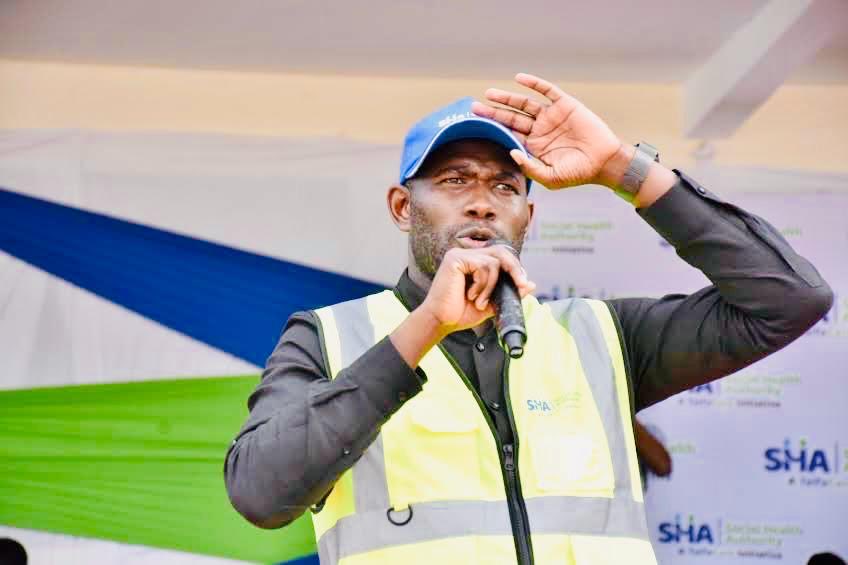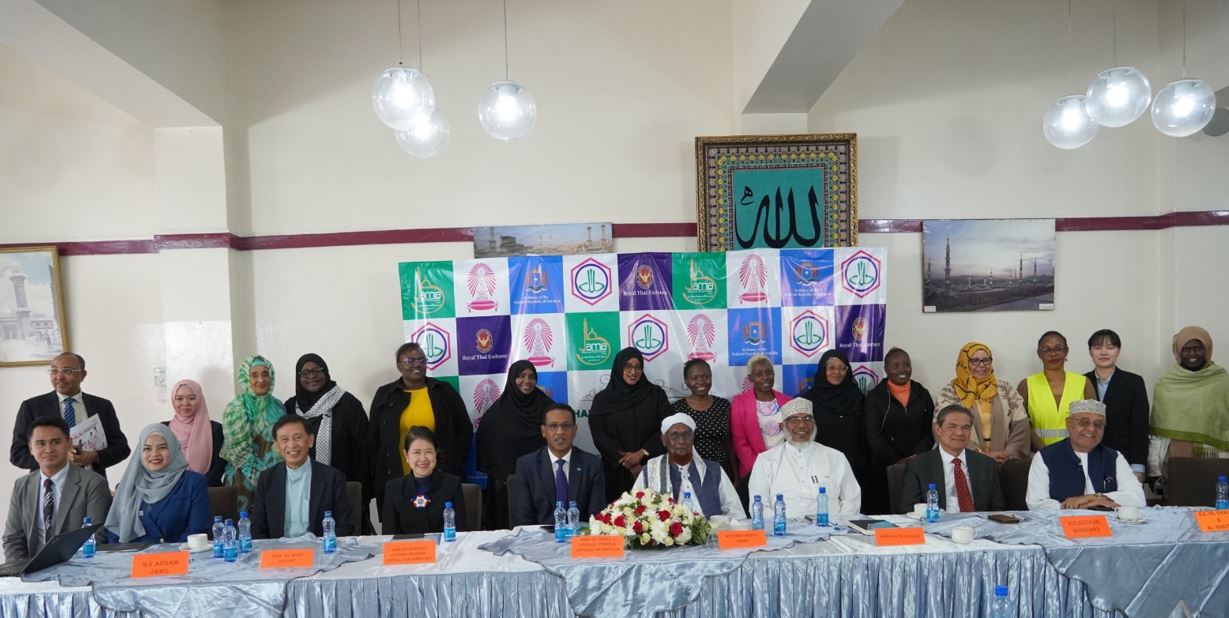ICPAC forecasts drier, warmer conditions for Eastern Africa as 2025 ends
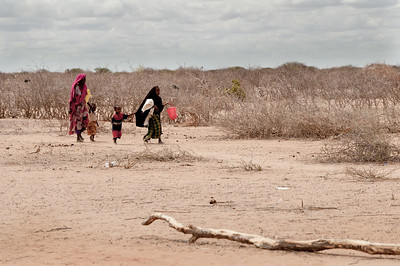
Regions including south-western Ethiopia, north-western Kenya, central to northern Uganda, most of Rwanda, and western Burundi are expected to have equal chances of receiving below- or above-normal rainfall.
The IGAD Climate Prediction and Applications Centre (ICPAC) has projected below-normal rainfall and warmer-than-usual temperatures across much of the Greater Horn of Africa (GHA) for the October to December 2025 season, with eastern Kenya, southern Ethiopia, much of Somalia, and parts of central and southern Tanzania expected to experience drier-than-normal conditions.
In contrast, wetter conditions are expected in south-eastern South Sudan, north-eastern and south-western Uganda, northern Somalia, and parts of northern Rwanda.
More To Read
- Kenya braces for wet and warm days in five-day met forecast
- Weatherman warns of continued heavy rains, strong winds across Kenya until Monday
- Showers and sunshine: Mixed weather patterns expected across Kenya this week
- Nairobi faces deep chill of 10°C Thursday night as rain sweeps across several counties
- IGAD Climate centre predicts heavy rains for Horn of Africa, urges flood preparedness
- Rainfall to persist throughout the week across Kenya, weatherman warns
Regions including south-western Ethiopia, north-western Kenya, central to northern Uganda, most of Rwanda, and western Burundi are expected to have equal chances of receiving below- or above-normal rainfall.
ICPAC’s seasonal outlook also highlighted a high likelihood of rainfall exceeding 300 millimetres in parts of western Kenya, southern Uganda, much of Rwanda and Burundi, and north-western Tanzania.
The forecast anticipates a delayed onset of rains over eastern parts of the region, notably southern Somalia, eastern and central Kenya, and parts of southern and eastern Tanzania. Meanwhile, early to normal rainfall onset is expected across much of the western GHA, including south-western Ethiopia, southern South Sudan, Uganda, western Kenya, Burundi, Rwanda, and western and central Tanzania.
Temperatures across the region are also expected to rise. ICPAC predicts warmer-than-average surface temperatures across the GHA, particularly in the eastern regions, while average to cooler-than-average conditions are expected in cross-border areas of Uganda, South Sudan, Ethiopia, and Kenya, as well as localised parts of north-western Sudan.
The seasonal outlook was released during the 71st Greater Horn of Africa Climate Outlook Forum (GHACOF 71), which brought together climate experts and decision-makers to review the June to September 2025 season and present projections for the OND 2025 period.
Speaking during the forum, Mohamed Ware, Deputy Executive Secretary of IGAD, emphasised the importance of collaboration in tackling climate challenges.
“The Greater Horn of Africa is at the frontline of the climate crisis. Climate information must reach the last mile, and only through collaboration and early action can we turn forecasts into meaningful messages that drive timely action," he said.
Deborah Barasa, Kenya’s Cabinet Secretary for Environment, Climate Change and Forestry, added that bridging the early warning gap requires shared knowledge and a united regional approach.“Bridging the early warning gap requires shared knowledge, timely information, and a united regional approach. Kenya remains committed to supporting regional frameworks that strengthen climate resilience across our communities.”
Kenya Meteorological Department Acting Director Edward Muriuki echoed the sentiments of Cs Deborah Barasa, emphasising that early warning systems are effective only when they reach all communities, particularly the most vulnerable. He highlighted KMD’s commitment to providing accurate and timely climate services that enable citizens to plan, adapt, and build resilience against climate impacts.
The seasonal outlook is critical as the October to December rains contribute up to 70 per cent of the annual total rainfall in parts of Kenya and Somalia, affecting agriculture, water resources, and disaster preparedness.
The Forum was attended by representatives from the 11 Member States of the Greater Horn of Africa region, including Burundi, Djibouti, Eritrea, Ethiopia, Kenya, Rwanda, Somalia, South Sudan, Sudan, Tanzania, and Uganda, alongside representatives from key sectors such as agriculture and food security, livestock, water resources, health, disaster risk management, conflict and media, as well as non-governmental organizations, humanitarian agencies, media, and development partners.
Top Stories Today
